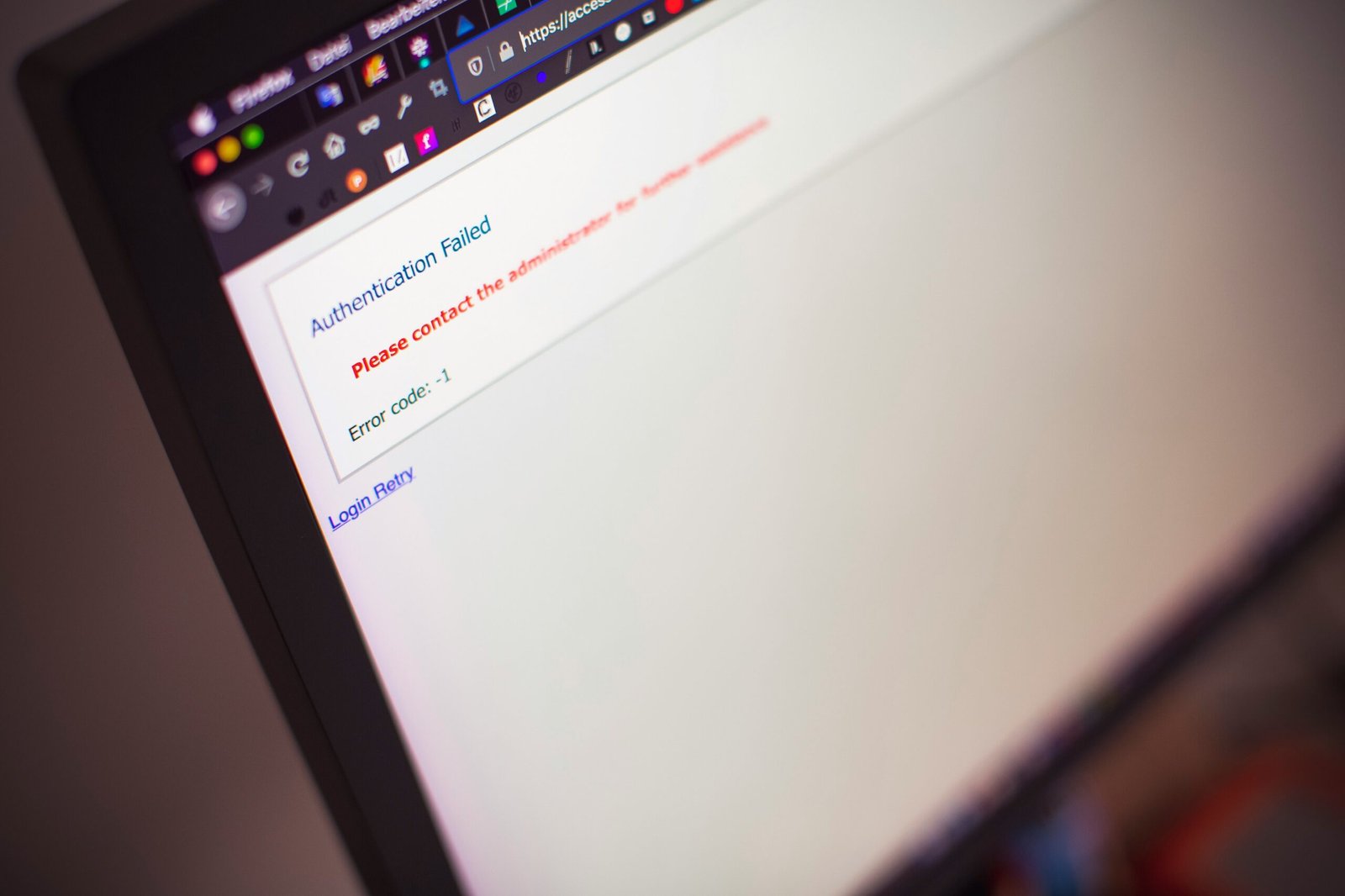Have you ever found yourself looking at a 404 error in JMeter? Yes, during performance testing, it can feel like you’re hitting a brick wall. Our server is unable to locate the requests we are sending it when those annoying “Page Not Found” notifications appear. We’ll remove the complex web of JMeter 404 errors, investigate their root causes, and provide you with temporary solutions in this post. Are you prepared to transform those error signals into wins? Let’s find out how to fix 404 errors in JMeter.
Understanding How to Fix 404 Errors in JMeter
When to find out how to fix 404 errors in JMeter, known as a “web server error,” appears when a server can’t locate the requested resource. In JMeter, this happens when your request doesn’t reach the intended destination. It could be due to a wrong URL path or a missing resource. Imagine trying to open a door that isn’t there. This error is common in performance testing, where the server returns a “not found” message rather than the expected content.
Here are common causes of a 404 error in JMeter:
- Incorrect URL paths
- Missing server resources
- Server configuration issues
- Wrong HTTP methods
- Unavailable endpoints
Understanding these errors is crucial for businesses. Ensuring your website runs smoothly means confirming all links and resources work. A 404 error can disrupt user experience, which no one wants. Solving these errors helps maintain your website’s performance.
Common Causes of 404 Errors in JMeter

Have you ever encountered a Not Found 404 error while using JMeter? It often stems from URL path errors. When a URL is incorrect, JMeter can’t locate the resource, leading to a 404 error. It’s like typing the wrong address into your GPS; you won’t reach your destination without the right directions. Double-check every URL in your test to avoid this common mistake.
Server-side issues can also cause 404s. If a server isn’t set up to deliver the requested resource, it responds with a “not found” message. This could happen if resources are missing or the server configuration is incorrect. It’s like ordering a dish not on the menu. To fix this, ensure the server is equipped to handle the requests sent to it.
Another sneaky problem is using the wrong HTTP method. JMeter may try to get a resource when it should use POST, or vice versa. Using the correct method ensures the server understands the request. Configure your test plans properly, deciding how each request is handled. By managing these factors, you can avoid 404 errors and keep your performance tests smooth.
Step-by-Step Guide on How to Fix the 404 Error in JMeter
When it comes to issues on how to fix 404 errors in JMeter, most times it will be like the 404 error in JMeter is like hitting a roadblock in your testing journey. But you can resolve it quickly by following some essential steps. It’s about checking everything is correct, from URLs to server setups. Let’s dive into the steps needed:
Here’s a helpful checklist:
- Verify URL paths are correct
- Check server logs for error messages
- Confirm HTTP methods in requests
- Use tools like Fiddler for header inspection
- Ensure server resource availability
- Update JMeter settings as needed
First, ensure URL paths are correct. A tiny typo can cause a big 404 headache. Double-check each URL for accuracy. Next, check the server logs. They’re like a treasure map showing clues about what went wrong. Look for any hints about missing resources or misconfigurations there.
Now, consider HTTP methods. Using the wrong one can confuse the server. Ensure you’re using the appropriate method for each request. If unsure, consult the API documentation or web service guidelines.
Finally, use a tool like Fiddler to inspect request and response headers. It works like a magnifying glass to see what’s happening. This helps spot any missing or mismatched headers. Also, confirm the server has the needed resources and update your JMeter configurations if necessary. By following these steps, you’re on your way to eliminating those annoying 404 errors!
Debugging and Verifying Fixes for 404 Errors
Ever wonder how to fix 404 errors in JMeter? Start by checking server logs. They act like detective notes, revealing why a resource wasn’t found. Analyzing these helps spot missing resources or misconfigurations, pinpointing the error.
Tools like Fiddler are invaluable. They let you inspect request and response headers, providing clarity on back-end activity. If something’s amiss, you can catch it immediately. Additionally, reviewing your JMeter test scenarios ensures they match expected server responses. It’s like ensuring you’re speaking the same language as the server. By using these tools together, you can quickly identify and resolve issues.
Once debugging is done, it’s time to verify fixes. Check if the server and application are functioning properly. Rerun JMeter tests to confirm if 404 errors disappear. Precision here ensures changes have resolved the issue, ensuring smooth website operation. If errors persist, revisit configurations and make necessary adjustments.
Helpful Resources and Further Assistance for 404 Error Fixes
While learning how to fix 404 errors in JMeter, don’t overlook community and official documentation support. JMeter forums and community support are treasure troves of information, where experienced users share insights and solutions. It’s like having a savvy friend who’s been through it.
Official JMeter documentation is equally vital. It provides comprehensive guidance, ensuring proper configurations and test plans.
Explore popular forums like Stack Overflow and the JMeter user mailing list, where you can ask questions and find similar issue resolutions. The Apache JMeter documentation is essential, offering deep insights into JMeter’s every aspect. By using these resources, you won’t only fix 404 errors but also enhance your overall JMeter proficiency.
Conclusion
Finding out how to fix 404 errors in JMeter can feel like a puzzle. You went right into understanding these errors, looking at common causes and discovering practical solutions. From verifying URL paths to checking server configurations, you’ve got a strong grasp on solving these pesky issues.
Tackling these errors not only improves performance but also boosts your troubleshooting skills. Now, go ahead and apply these insights, and watch your efficiency skyrocket. Next time this error pops up, you’ll know how to fix 404 errors in JMeter like a pro!
FAQ
How do I fix the 404 error in JMeter Java?
To fix a 404 error in JMeter Java, verify the URL paths. Ensure resources are available on the server and check for any server configuration issues.
How to fix a 404 error in JMeter JavaScript?
In JMeter JavaScript, resolve a 404 by checking URL accuracy and server resource availability. Update your server settings if needed.
What is error code 404 in JMeter?
Error code 404 in JMeter means the requested resource isn’t found on the server. It could be due to incorrect URLs or missing server resources.
How to ignore a 404 error in JMeter?
You can ignore 404 errors in JMeter by adding response assertions. This lets the test continue even if a 404 occurs.
How do I fix an HTTP 404 error?
To fix an HTTP 404 error, verify and correct the URL paths. Ensure that all required resources are on the server.




